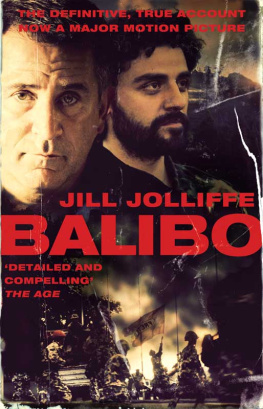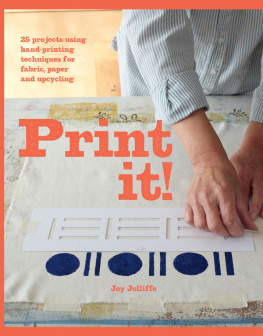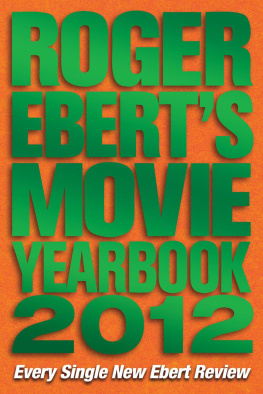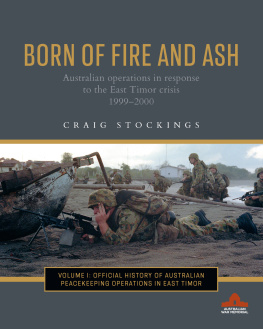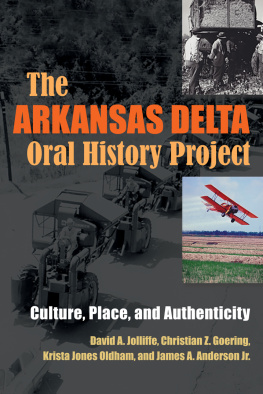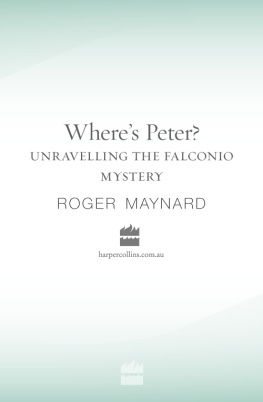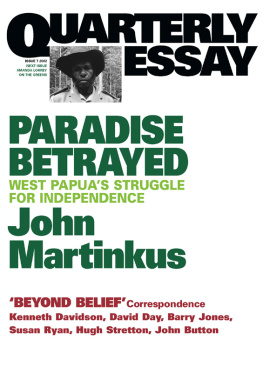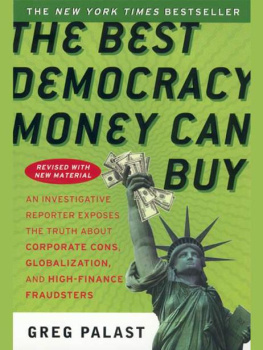Scribe Publications
BALIBO
Jill Jolliffe has been following the Balibo Five story for 34 years. She witnessed the first incursions of Indonesian regular troops into East Timor in September 1975, reported on the death of her five colleagues at Balibo in October, and was evacuated from Dili by the International Red Cross four days before Indonesian paratroopers attacked the capital on 7 December 1975.
In 1978 Jolliffe moved to Portugal, where she continued to follow the East Timor story and to work as a correspondent for The Guardian , The Sunday Times , The Age , The Sydney Morning Herald , and the BBC, among others. She now lives in Darwin and reports regularly from East Timor.
To the memory of Olandino Lus Maia Guterres,
who guarded the secret of Balibo for 23 years.
7 October 1955 18 September 2005
Scribe Publications Pty Ltd
PO Box 523
Carlton North, Victoria, Australia, 3054
Email: info@scribepub.com.au
First published by Scribe 2009
Reprinted 2009
Originally published as Cover-Up: the inside story of the Balibo Five
by Scribe 2001
Copyright Jill Jolliffe 2009
All rights reserved. Without limiting the rights under copyright reserved above, no part of this publication may be reproduced, stored in or introduced into a retrieval system, or transmitted, in any form or by any means (electronic, mechanical, photocopying, recording or otherwise) without the prior written permission of the publisher of this book.
National Library of Australia
Cataloguing-in-Publication data
Jolliffe, Jill, 1945-
Balibo
Film tie-in ed.
9781921753879 (e-book.)
1. Balibo (Film). 2. Journalists East Timor Balibo Death. 3. Journalists Australia Death. 4. East Timor Annexation to Indonesia. 5. East Timor Politics and government.
595.8037
www.scribepublications.com.au
Contents
Acknowledgements
I would like to thank the many people who gave generous support to the work of creating Balibo from the foundations of my 2001 book Cover-Up: the inside story of the Balibo Five . Some dedicated souls spanned both projects, such as Judith McLean, Murray McLaughlin, Chips Mackinolty, Kevin Sherlock, members of the Balibo Five families, and the East Timorese eyewitnesses, who courageously backed up their evidence given for the first book by testifying to the 2007 Glebe inquest.
I am especially grateful to Roger Easts sister, Glenise Bowie a person of firm principles, courage, and humour, as he was for the interview time she gave me 31 years after I last interviewed her, and for the access to documents about her brother. Any conclusions I have drawn from these sources are entirely my responsibility.
To the East Timorese community in general I owe a long-term debt that can never be repaid, but specific thanks are due to Filomeno da Silva Ferreira, Maria da Silva Benfica, Elvis Sarmento Guterres, and Olga Quinto do Amaral, and all staff of The Living Memory Project, for their moral support and patience during the writing of this work.
The mobilisation of my foreign-correspondent mates in Portugal, Spain, and France to smoke out colleagues in England, America, Europe, and Africa who might know some Roger East stories was spectacular. Thanks to Peter Wise, Alexander Sloop, Alan and Jacqueline Reditt, Marion Kaplan, Jane Walker, and Nat and Helen Gibson for their efforts. These led to responses from Andre del Amo, Ken Brown, Mike Keats, Gerry Loughran, and John Newton Tidey. The surfeit of swashbuckling East stories was such that I was unable to use them all.
Closer to home, friends and acquaintances of Roger East in Australia were also unsparing with time and resources. Darwin interviews with Peter Simon, Bill Fletcher, and Richard Creswick led to a rich correspondence with Peter Blake in New York concerning the executed reporter. They also deepened my and Anthony LaPaglias knowledge of the man and his mannerisms. Roger Easts Australian friends John Tulloh, Bill Brannock, and Peter Maley provided key information.
John Maynard, Rebecca Williamson, and Rob Connolly of Arenafilm provided vital input to the book and gave me important access to the film during various phases of production, while the successful transformation of Cover-Up into this second edition of the book, Balibo , would have been impossible without the dedicated work of Henry Rosenbloom and Nicola Redhouse of Scribe Publications.
I am grateful, too, to David and Kristin Williamson for their hospitality and insights during the early phase of the project.
Various friends retrieved obscure files and provided invaluable research support.
Steven Sengstock of the Australian National University and John Hajek of Melbourne University gave expert assistance on the Manufahi uprising and on East Timorese languages, respectively.
John Milkins, Greig Cunningham, Anya Dettman, and Bob Legge acted as research troubleshooters (with Bob almost dying in the process). William Edwards of the National Archives of Australia found essential material for me politely and promptly, while bearing no responsibility for the NAAs ongoing censorship of key Balibo files.
In the first days of writing in Melbourne, Mark Williams and Fiona Gruber gave me shelter and intellectual nourishment, while Helen Barnes gave valiant back-up as a reader. In Dili, Sophia Cason also gave me shelter, while doubling as a research troubleshooter in Darwin.
Finally, I am most grateful to Julia Quilter and Mark Tedeschi for guiding me through the legal maze of the Glebe inquest evidence.
I would also like to thank the following individuals and institutions for granting permission for several illustrations to be reproduced in this book: the registrar of Glebe Coroners Court, for the right to reproduce the aerial map showing Balibo town square on p. 239, which was used as an exhibit during the 2007 inquest into the death of Brian Peters; Geoscience Australia of the Commonwealth of Australia, for the right to reproduce the map Timor 1975 on p. 85, from Tom Sherman, Report on the Deaths of Australian-based Journalists in East Timor in 1975, Canberra, 1996, (Appendix I); and the National Archives of Australia for the right to reproduce the image of Roger Easts 1952 passport reproduced in the photographic section, NAA: A6980, S200623.
Key Characters
Braga, Pedro
fretilin soldier at Balibo who was with the Balibo Five before they died.
Carvalho de Sousa, Alberto
Eyewitness to Balibo Five deaths who testified to author in 2000.
Cunningham, Gary
Cameraman for Channel Seven; one of the Balibo Five.
Da Silva, Manuel Gaspar
fretilin eyewitness who testified to Roger East in November 1975 on the Balibo deaths, and to other investigators, including the author, in 1998 and 2000.
David
Alleged member of Team Susi , the unit which led the killings.
Djumaryo
see M uhni , D jumaryo I mam
East, Roger
Australian freelance journalist who went to Timor to investigate the Balibo deaths but was himself executed, on 8 December 1975.
Edie
Commander of Battalion 501 during the 1983 Kraras massacre.
Gomes, Adelino
Leader of Portuguese television crew which took the last film of the Balibo Five.
Gonalves, Toms
Eyewitness to Balibo killings who accompanied Indonesian troops and testified to the author in March 1999.
Guterres, Olandino Maia
Eyewitness to Balibo Five deaths, accompanied Indonesian troops. Interviewed by the author in 1998; later, the focus of the television programme Foreign Correspondent ; died unexpectedly in 2005.
Jernimo, Lucas
fretilin eyewitness who testified to Roger East on the Balibo Five deaths in November 1975; has since died.

